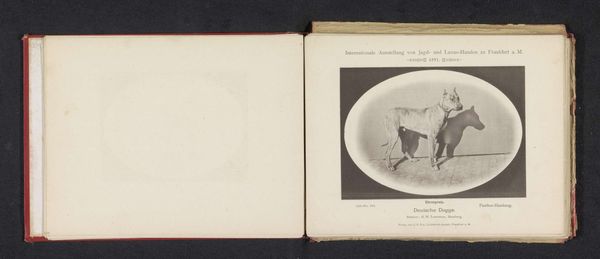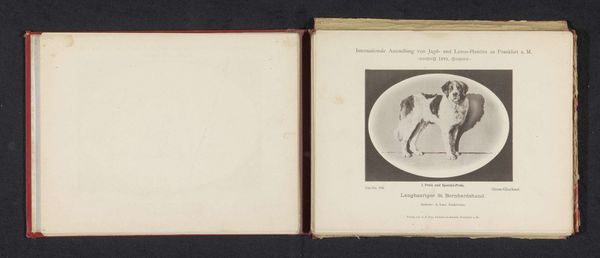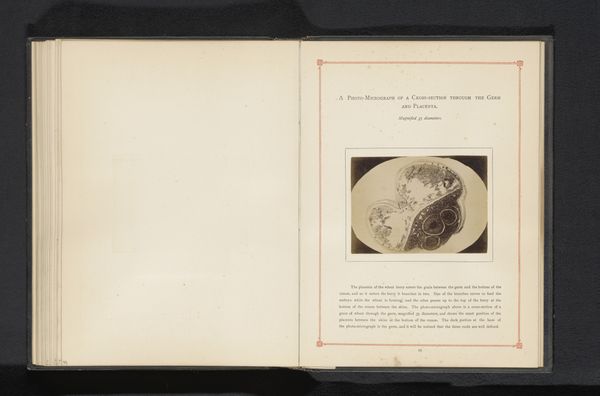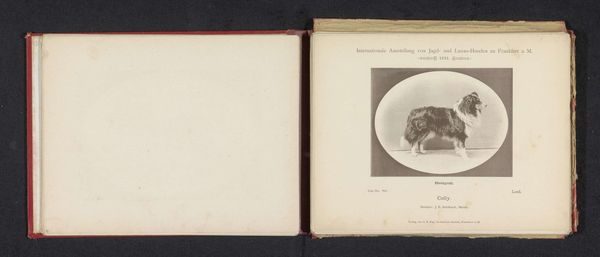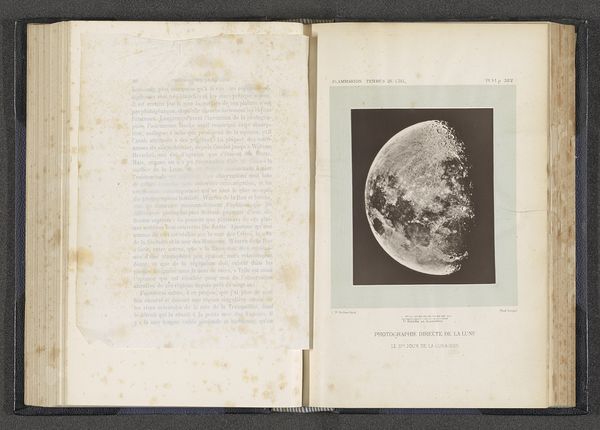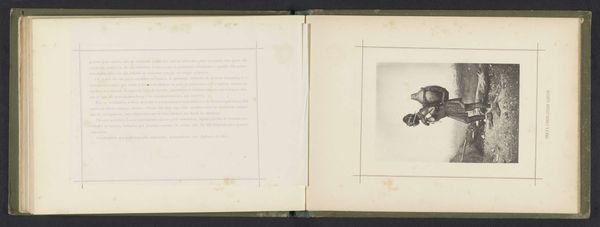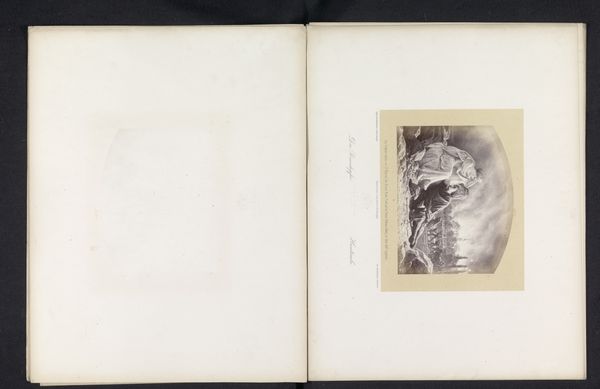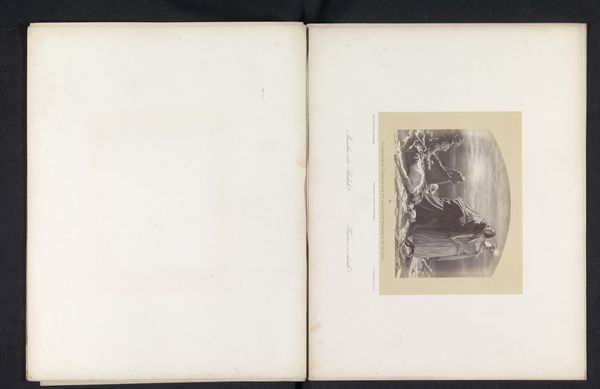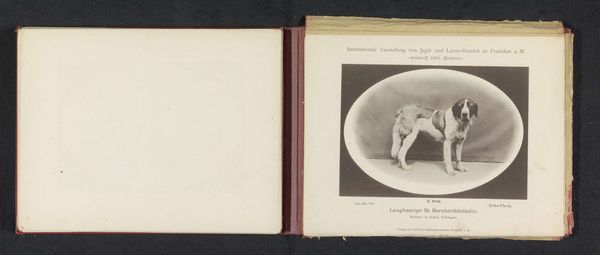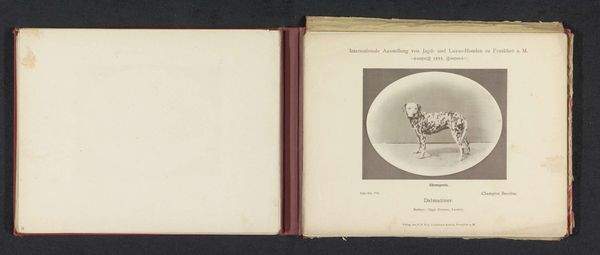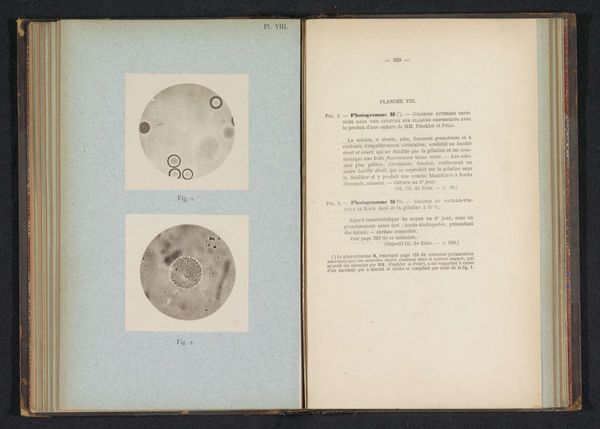
Terriër Wisp die een tweede prijs heeft gewonnen op de Internationale Ausstellung von Jagd und Luxus Hunden in 1891 1891
0:00
0:00
print, photography, gelatin-silver-print
#
portrait
#
still-life-photography
# print
#
photography
#
coloured pencil
#
gelatin-silver-print
Dimensions: height 103 mm, width 138 mm
Copyright: Rijks Museum: Open Domain
Curator: I find the composition quite stark. A rather forlorn-looking canine presented in sharp detail. It's quite visually direct. Editor: Indeed. The gelatin silver print, produced in 1891, presents “Terriër Wisp die een tweede prijs heeft gewonnen op de Internationale Ausstellung von Jagd und Luxus Hunden in 1891”—a prize-winning terrier from the International Hunting and Luxury Dog Show. The title itself functions almost as part of the work, locating the subject in a specific time and social context. Curator: Absolutely. Observe how the tonal range, however limited, generates spatial recession. The careful attention to detail is almost clinical, highlighting the material presence of the dog against its backdrop. The neutral backdrop flattens any emotive context from the portrait. Editor: But even the absence of contextual details speaks volumes! The image highlights humanity’s obsession with control and domestication. Dogs were not simply companions; they were markers of status and cultural values in 1891. It speaks to this specific era's vision of luxury. Curator: Yet, one cannot deny that there is also a compelling aesthetic at play. I find this somewhat contradicts your interpretation! The framing device creates a formal balance, focusing solely on the interplay of light and texture across the dog's coat. The shape directs the eye. Editor: Perhaps! Though, in its original viewing context within an exhibition catalogue, such an image also acted as a symbol of genetic refinement. Consider the emerging sciences and prevailing pseudo-sciences during this era, such as physiognomy. The portrait’s success relies on our established symbolic coding of these animals. Curator: A cogent point. It presents an intriguing visual problem: to dissect the compositional strategies without entirely ignoring the embedded ideologies. Editor: Precisely! This image serves as both a study of light and form, and a complex commentary on social ambition embedded within the context of dog breeding and cultural aspiration during this period. Curator: In other words, it’s a portrait that allows us to explore our ongoing debates on purpose and presentation. Editor: Indeed, one captured moment speaks on broader topics that connect history, power, and symbolic coding.
Comments
No comments
Be the first to comment and join the conversation on the ultimate creative platform.
